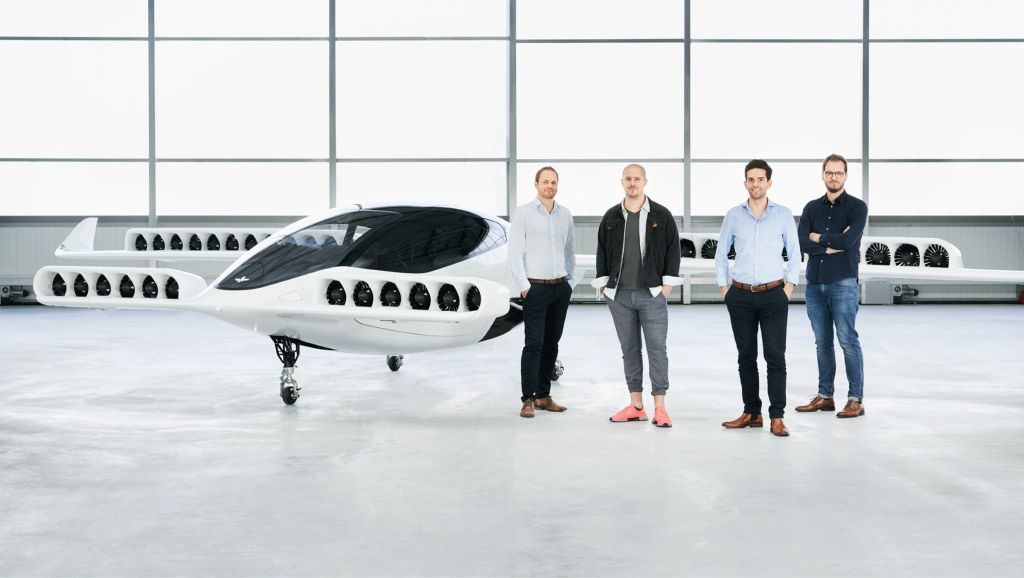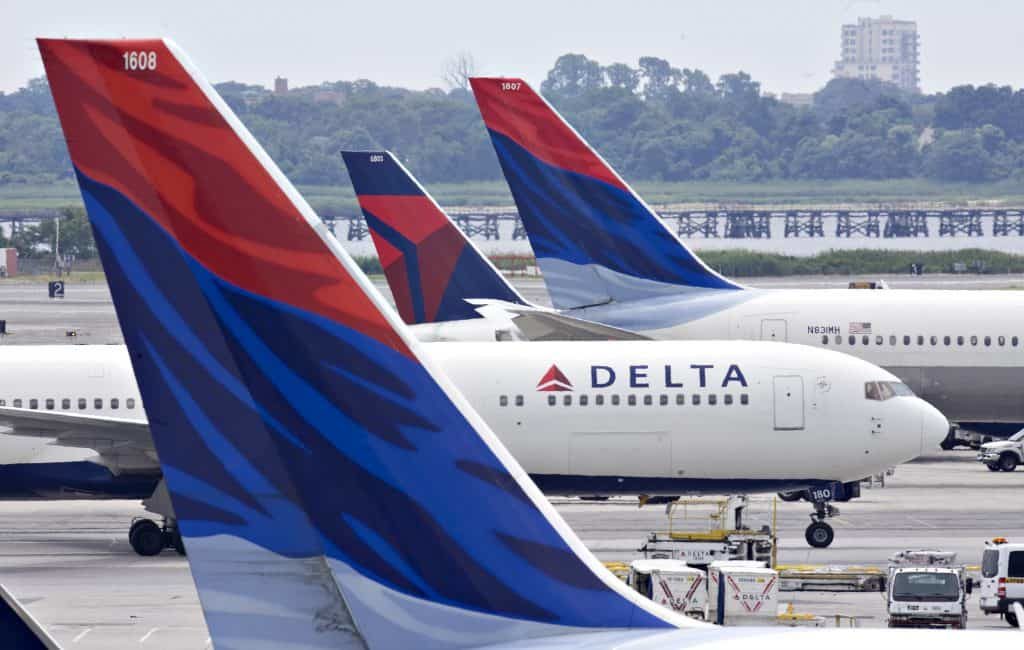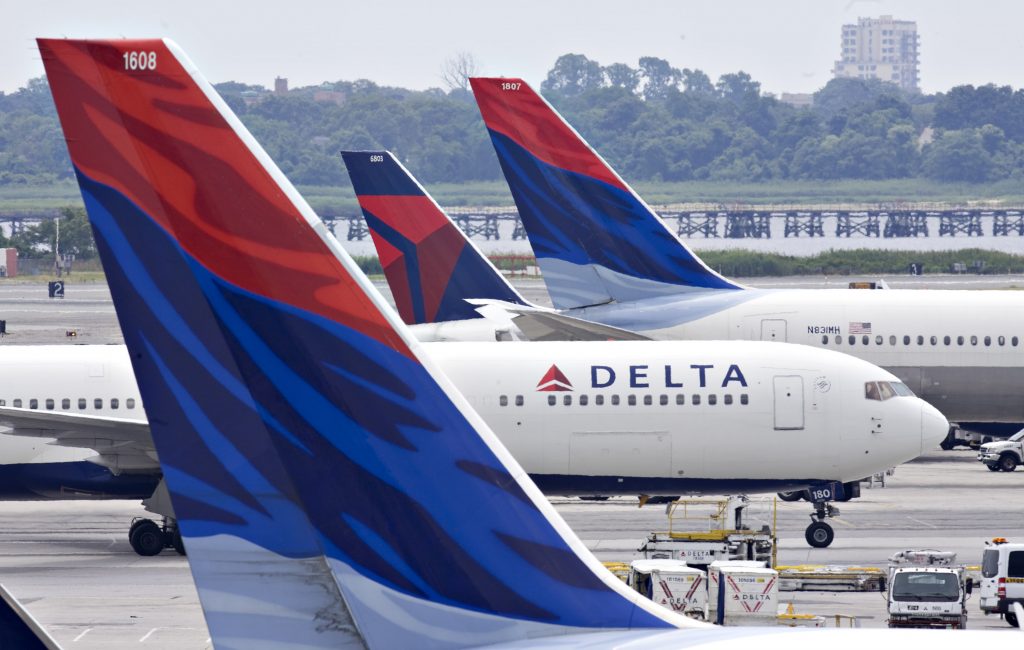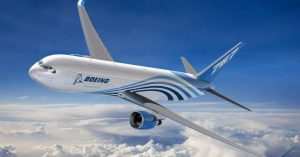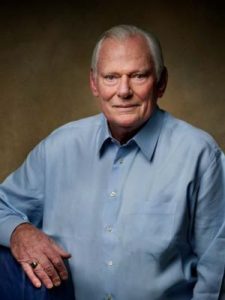Spire Global – A Data Analytics Company Harnessing The Power Of Satellite Technology.
Founded in 2012, Spire Global is a data and analytics company that is known for tracking global data and using satellite technology for weather forecasting and other aviation patterns. The founders of the company are Peter Platzer, Joel Spark, and Jeroen Cappaert. Spire Global currently has around 250 employees who are serving customers from across the world. The headquarters of the company is based in San Francisco, California. Apart from San Francisco, Spire Global has offices in Boulder, Luxembourg, Washington DC, Cambridge, Singapore, and Glasgow.
Early Days
When Spire Global was founded, its original name was NanoSatisfi Inc. The three founders of company are International Space University graduates and they founded the company as a part of the project, ArduSat. This project aimed toward democratizing access to space. Testing of the early prototypes was financially backed through crowdfunding a Kickstarter. Through this crowdfunding, Spire Global was able to raise $106,330. In November 2012, the company signed an agreement with NanoRacks for the deployment of satellites. The deployment of these two satellites became famous because it was the first US Commercial Satellite Deployment from the International Space Station.
Spire Global required a massive amount of capital for building those satellites. For this reason, the company incubated with Lemnos Labs, and Spire raised $1.5 million in a seed funding round. The main investors were E-merge, Shasta Ventures, Lemnos Labs, Grishin Robotics, and Beamonte Investments. After one year of working in partnership with NanoRacks, the company was successfully able to release ArduSat-1 and ArduSat-X (1U CubeSats). After their release from the ISS, Spire Global quickly started transmitting data to the company’s servers.
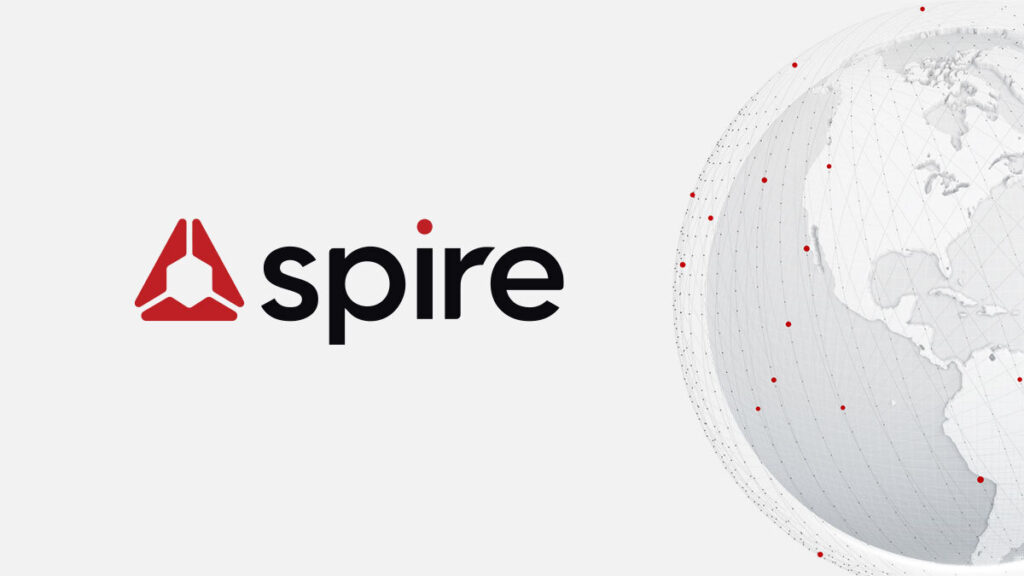
Growth and Expansion
After 1U CubeSats, the experts at Spire Global took interest in 3U nanosatellites so that they can start porting more complex payloads. Within seven months, the company transitioned from 1U to 3U and launched the first prototype in 2014. In July of the same year, the company hosted a Series A funding round and was able to raise $25 million. This funding round was led by Will Porteous from RRE Ventures and was also backed by Emerge, Mitsui & Co. Global Investment, and Mousse Partners Capital. ArduSat was a spin-off from the company as it decided to focus exclusively on educational technology. By the end of 2014 ended, Spire opened a new office in Singapore and eventually started expanding the network.
In 2015, the Series B funding round took place where the company was able to raise $40 million and the round was led by Promus Ventures. As the company was expanding, it was getting pressure to mass-produce satellites but space became the main constraint. So, the company opened a new office in Glasglow which also marked its entry into the European market. Spire Global became a publicly-traded company in 2021 and had a market value of $1.6 million. But recently the company is going through a rough patch due to rising losses and the close of the SPAC merger.
Peter Platzer – CEO of Spire Global
Peter Platzer is the co-founder and CEO of Spire Global. His vision behind founding Spire Global was to provide satellite-powered data from any point on Earth. In 2013, Platzer was named White House Champion of Change for his idea to launch small form-factor satellites into space. Peter also worked at CERN and Max Planck Institute. His research was based on high frequency and high accuracy data in space and he also interned at NASA Ames’ Space Portal. He is currently a part of Harvard Business School as a career coach.

Annasha Dey is an NIT student, who apart from studying engineering is also a content writer. She has a great interest in photography, writing, reading novels, and travelling as well. She is a foodie who loves socializing and hanging out with her friends. She is also a trained Kathak dancer and a big fashion enthusiast. Dey also loves watching TV series, which includes F.R.I.E.N.D.S. and Big Bang Theory. To be a better writer she prefers to read more




